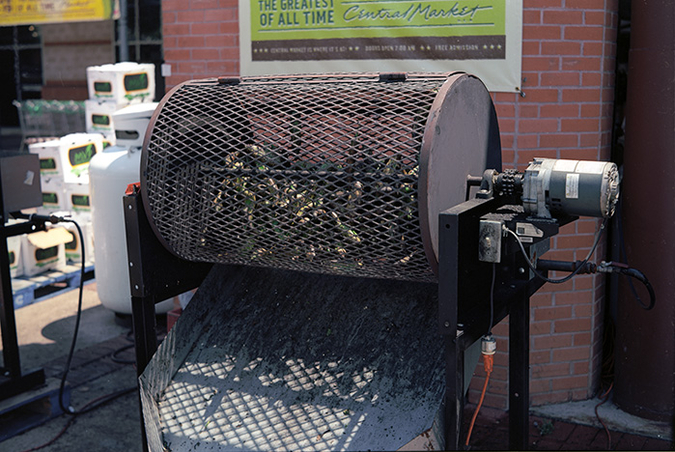Chris Crawford is right, the glass-less carriers are junk. I wanted to do wet scanning anyway - so I bought a FH869S 120 carrier and removed the insert (it just snaps right out with no damage). Then I bought Scan Sciences wet film scanning kit;
http://scanscience.com
This is a single piece of flat plate glass which perfectly fits into the FS869S, a pack of Mylar (I think it's Mylar) cut to the same size, a rubber squeegie and a few bottles of their scanning fluid. How it works is like this: spray the fluid onto the glass, lay the negative onto the glass, spray fluid onto the negative, lay the Mylar on top of the negative and squeegie out the air bubbles. Place the glass into the carrier and insert into the scanner. When done remove the Mylar and clean with no-lint tissue, remove the negative and wipe off the excess fluid (it evaporates pretty quick and leaves no residue), clean the glass, move onto the next negative. I love the results. NOTE: I do have to fuss around with the carrier positioning settings to find the actual frame I am looking for that is a pain - I have not yet figured out do this part quickly. not a big problem, just a PITA.





